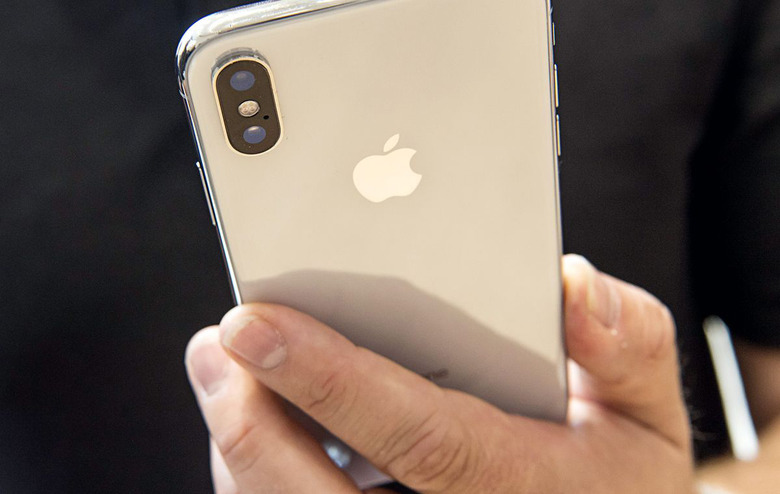It Looks Like Apple Wants To Do Something About The iPhone X's Sky-High Price
Pricing for the iPhone X starts at $999, but most people won't have to pay all of that at once. Carriers will probably engage in a fierce iPhone X pricing war come November, looking to ink as many new subscribers as possible. Not to mention that you can always pay for the iPhone in installments. But even so, you're still going to spend a lot of money for the handset, even if you do it over a certain period, and take advantage of sales and trade-in offers.
But come next year, Apple may have cheaper iPhone X models in stores, and I'm not just talking about the 2017 phone that will cost $100 less than it does now.
A report from Chinese-language Economic Daily says that Apple is working on two iPhone X successors for next year, including high-end and low-end products. These devices are codenamed Lisbon and Hangzhou, respectively.
Apple is reportedly looking to target with the Hangzhou those buyers in China and other markets who are looking for more affordable devices.
It's unclear at this time what a cheaper iPhone X would cost. After all, iPhones are still expensive, and the most affordable 2018 iPhone X might still be costly.
Not to mention that the current iPhone X will likely remain in Apple's lineup once the 2018 models are launched. At that point, it'll sell for $899, assuming Apple sticks to its customary $100 rebate for previous year iPhones.
How will Apple reduce the cost of the 2018 iPhone X? The report does not say. One way would be to cut its margins, but that's something Apple will probably not do.
However, as iPhone X production improves, it may be even cheaper for Apple to mass-produce the iPhone X. I'll also remind you about two distinct reports from January and September that said Apple is working with JDI Display on curved LCD screens. Called Full Active screens, these LCDs could help Apple make a cheaper iPhone X version that would retain all the feature of the original, notch included. The iPhone X's Samsung-made OLED screen is the phone's most expensive component.
